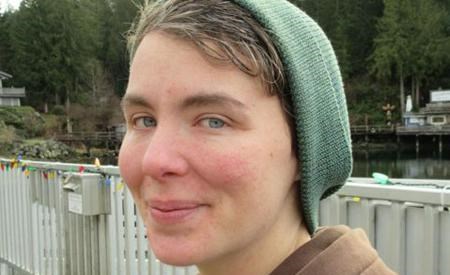On a damp January morning, you could be forgiven for thinking there’s nothing going on out here in Lund. The harbour is pretty quiet this time of year and the road doesn’t seem to lead anywhere at all.
Highway 101 dives straight down into the salt chuck, and unless you’re here to put a boat in the water, you’ll probably take one look at the sleepy little village and drive right back to where you came from.
Roads are built to take us places, but they don’t tell us much about what we’re meant to do when we get there. When you reach the end of one, or the beginning of one, like you do out here, you have two choices: either turn around and go back along the familiar path and stick with what you know, or strike out on a path all your own and go poking around to see what you might find.
Where the road ends can be the place where the magic begins, if you know how to find it. Lund is like that. It’s a special place full of surprises, but you have to go looking for them.
With this column, I want to introduce the people and places that make Lund so special, not in the tourist brochure sort of way though. I don’t mean the lovely scenery and the quaint buildings, and I don’t mean the sort of permanent vacation city folks imagine when they come out here for a weekend. I want to show the real Lund; the Lund that begins where the highway ends.
Lund has its own history and character, a weaving together of people from different backgrounds and places. What ties it all together is that Lund has always been a refuge for those who like to do things their own way. Whether it’s communist homesteaders, hippie draft-dodgers, urban refugees, farmers and fishers or third-generation loggers, all kinds of stories are hidden out here in the woods.
In the coming weeks and months, I hope to be a guide to all the places you can get to once you leave the road: abandoned railways and sunken shipwrecks, communes and fish canneries and logging camps, all nestled in together.
There’s a lot more going on than you can find if you just follow the road, and I hope you’ll let me show you some of the best of it, because being at the end of the road doesn’t mean you can’t go any further. It just means you have to make your own trail.



